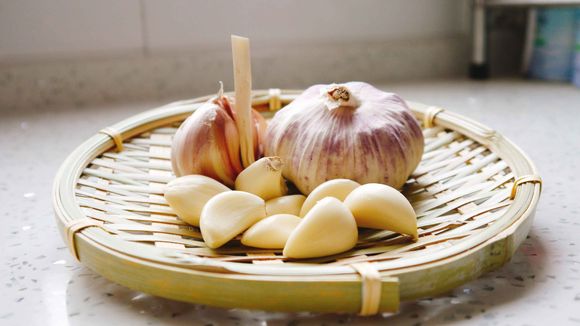Natural Remedies for Fungal Infections
Tinea versicolor is a common skin condition caused by the overgrowth of a type of yeast called Malassezia. This fungus is naturally present on our skin but can sometimes grow out of control, causing discolored patches to appear. Fortunately, there are several natural remedies that can help you regain control over your skin's appearance and health. Some of the most effective herbal treatments for tinea versicolor include:
Tea tree oil (Melaleuca alternifolia)
Tea tree oil, derived from the leaves of the Melaleuca alternifolia tree native to Australia, has long been recognized for its powerful antifungal properties. In a study published in the Journal of Applied Microbiology, tea tree oil was found to effectively inhibit the growth of Malassezia species, making it a promising treatment for tinea versicolor (1).
Recipe for Home Preparation
Mix 2-3 drops of tea tree oil with a carrier oil, such as coconut oil or jojoba oil, and apply the mixture to the affected areas twice daily.

Photo by ji jiali on Unsplash
Garlic (Allium sativum)
Garlic is not only a delicious addition to your meals, but it is also a potent antifungal agent. A study in the Journal of Medical Microbiology showed that allicin, the active compound in garlic, can inhibit the growth of Malassezia species, making it an effective remedy for tinea versicolor (2).
Recipe for Home Preparation
Crush 2-3 cloves of fresh garlic and mix them with a few drops of olive oil. Apply the mixture to the affected areas and let it sit for 20-30 minutes before rinsing off with warm water.
Turmeric (Curcuma longa)
Turmeric, a popular spice in Indian cuisine, is also known for its antifungal properties. Curcumin, the active component in turmeric, has been shown to be effective against Malassezia species in a study published in the Journal of Antimicrobial Chemotherapy (3).
Recipe for Home Preparation
Mix 1 teaspoon of turmeric powder with enough water or coconut oil to form a paste. Apply the paste to the affected areas and let it sit for 20-30 minutes before rinsing off with warm water.

Photo by Jon Tyson on Unsplash
Questions and Answers
Q: Can I use these remedies in combination with conventional antifungal treatments?
A: Yes, these natural remedies can be used alongside conventional antifungal treatments, such as topical creams and oral medications. However, it is essential to consult with a healthcare professional before starting any new treatment to ensure it is safe and appropriate for your specific situation.
Q: How long does it take to see results from these herbal treatments?
A: The duration required to see results may vary depending on the severity of the infection and the individual's response to the treatment. Typically, you should start noticing improvements within a few weeks of consistent application. However, it is essential to continue the treatment as directed by a healthcare professional or until the infection has cleared completely.
Q: Are there any potential side effects of using these herbal remedies?
A: While these herbal remedies are generally considered safe for most individuals, some people may experience mild side effects such as skin irritation, redness, or an allergic reaction. It is essential to perform a patch test before using any new remedy and discontinue use if any adverse reactions occur.
Q: Can I prevent tinea versicolor from recurring after using these remedies?
A: While these remedies can help clear up the infection, tinea versicolor may recur due to various factors such as a weakened immune system, warm and humid environments, or excessive sweating. To reduce the risk of recurrence, maintain good hygiene, wear breathable clothing, and consider using antifungal body washes or powders.
Q: Are these herbal treatments safe for pregnant or breastfeeding women?
A: Some herbal treatments, such as tea tree oil, can be safely used during pregnancy and breastfeeding when appropriately diluted. However, it is crucial to consult with a healthcare professional before using any new treatment during pregnancy or breastfeeding to ensure the safety of both the mother and the baby.
Referrals
- Hammer, K.A., Carson, C.F., & Riley, T.V. (2000). In-vitro activity of essential oils, in particular Melaleuca alternifolia (tea tree) oil and tea tree oil products, against Candida spp. Journal of Applied Microbiology, 89(5), 834-842.
- Lemar, K.M., Turner, M.P., & Lloyd, D. (2002). Garlic (Allium sativum) as an anti-Candida agent: a comparison of the efficacy of fresh garlic and freeze-dried extracts. Journal of Applied Microbiology, 93(3), 398-405.
- Neelakantan, P., Subbarao, C., Sharma, S., Subbarao, C.V., & García-Bellido, P. (2013). Antifungal activity of curcumin-silver nanoparticles against fluconazole-resistant clinical isolates of Candida species. Journal of Antimicrobial Chemotherapy, 68(2), 395-402.









